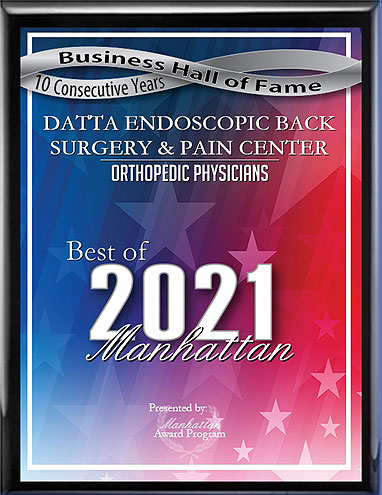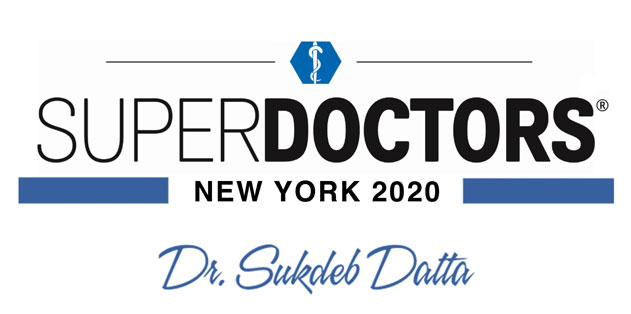Sciatica is often caused or made worse by tightness in the muscles of the buttocks and lower back, as well as poor posture or lack of strength in the lower back. No matter the cause of your sciatica, using stretches to help sciatica is likely to be an important part of your treatment.
Blog
Posted on February 26, 2015
Sciatica is a very common cause of pain in the lower back and leg. People can develop sciatica for a variety of reasons. The majority of cases can be resolved with non-surgical methods, but more severe cases can often be treated using laser spine surgery.
Causes of Sciatica
Sciatica occurs when the sciatic nerve, which runs from the lower back through the legs, becomes inflamed, as can occur when the nerve becomes compressed or "pinched." Causes include:
Posted on February 26, 2015
If you suffer from sciatica, effective treatment may seem like a distant dream; flare-ups can be unpredictable and sometimes uncontrollable, and nerve pain can start to impact your work and personal life. Fortunately, the majority of sciatica patients are able to find relief from their pain, as we'll explore below.
Posted on February 26, 2015
Pain is the single most common medical complaint in the United States, and lower back pain and sciatica are two of the most common manifestations of pain. Although pain can be intrusive and unpleasant, the majority of pain sufferers - even those with severe, chronic pain - are able to find relief from their pain. Although relief can normally be found without surgery, surgical treatment is sometimes necessary as well. Below, we'll explore how to find the best surgeon in New York City.
Posted on February 26, 2015
When you are suffering from chronic pain, as can be caused by spinal lumbar stenosis, it can feel like there is no hope in sight. This feeling can become even more pervasive if you have to try several treatments before finding relief. However, spinal lumbar stenosis is quite treatable, and the majority of patients are able to find relief from their symptoms.
About Spinal Lumbar Stenosis
Posted on February 26, 2015
The lumbar spine, or lower back, is the most common area for spinal stenosis and other spine injuries to occur. Spinal stenosis refers to a state in which the spinal canal becomes narrower than usual, potentially compressing the spinal cord or nerve roots. The condition can be caused by a number of underlying issues, but is normally treatable.
Causes
Many conditions can cause stenosis, but some of the most common causes include:
Posted on February 26, 2015
Spinal stenosis occurs when the spinal canal becomes narrower than usual, resulting in compression of the spinal cord or nerve roots. Pain and neurological symptoms are common, and can have an unwanted impact on your everyday activities and quality of life. Fortunately, it's possible to find affordable and reliable stenosis treatment in your area.
Treatments for Stenosis
Posted on February 26, 2015
Spinal laser surgery is a minimally invasive treatment that can be used to relieve a number of common spine conditions. It has helped many patients get the help they need without undergoing invasive, open spine surgery. Although the procedure is minimally invasive, it is still a delicate undertaking that requires a great deal of expertise - you always want someone you can trust completely to operate on your spine.
Posted on February 26, 2015
The sciatic nerve, which runs through the leg from the lower back, can become irritated or inflamed for a variety of reasons. Regardless of the underlying cause, sciatica can result in pain, muscle weakness, and a number of other symptoms. Fortunately, the vast majority of patients are able to get their symptoms under control with sciatic treatment, which should be covered by insurance.
Causes of Sciatic Pain
A number of issues can cause the sciatic nerve to become inflamed, including:
Posted on February 26, 2015
Sciatica is one of the most types of back pain, with symptoms affecting many Americans each year. Sciatic pain can make it difficult to go about your normal activities, but it is normally possible to manage symptoms with non-invasive treatments. When those treatments fail, a number of cutting-edge treatments can be used. It's rare for open back surgery to be necessary.
Causes of Sciatica






 EDISCSCULPT
EDISCSCULPT



